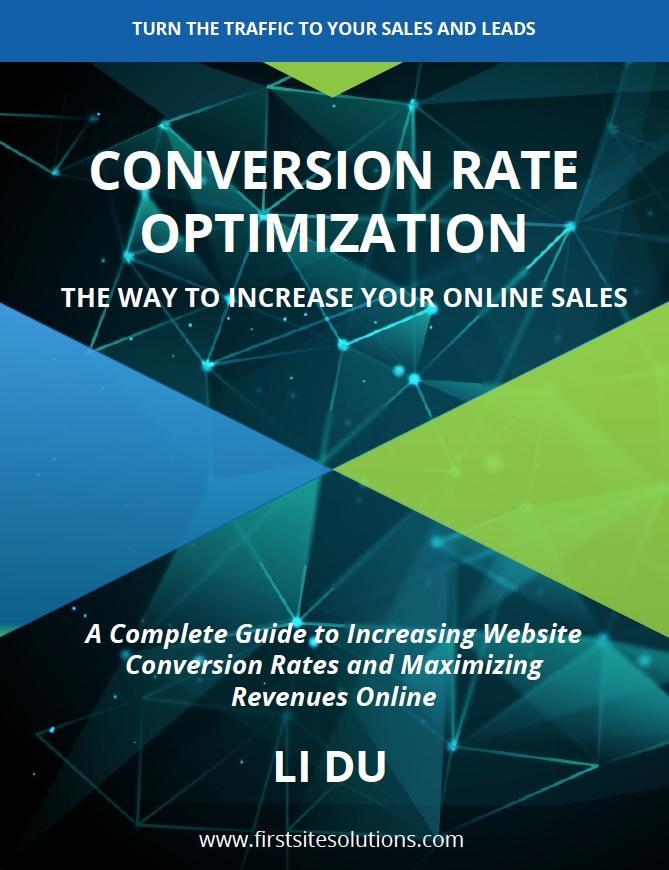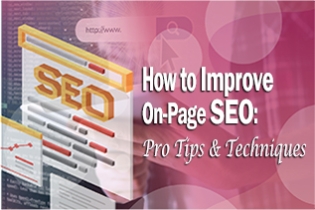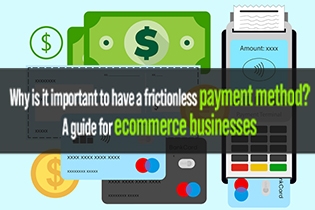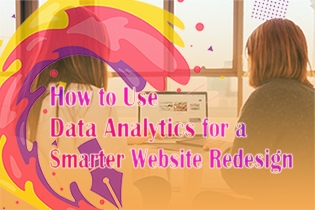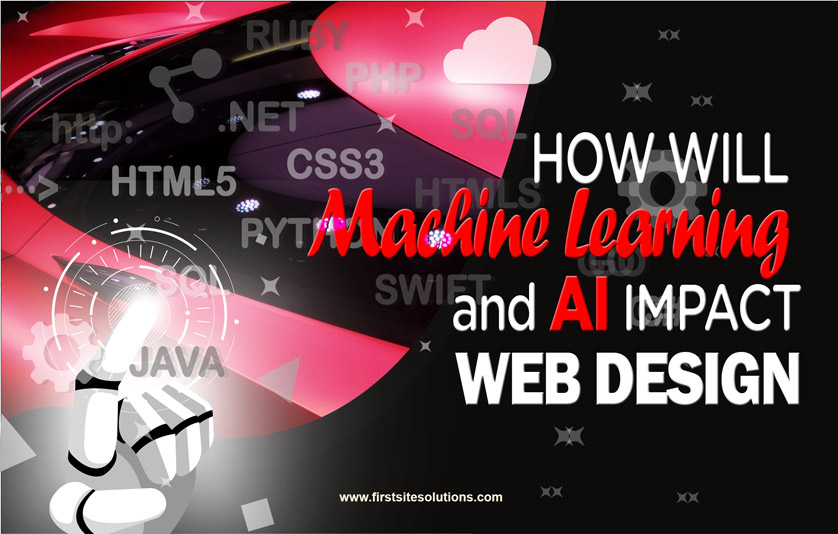
If you are a web developer or web designer, you need to stay up to date on where the industry is headed. Otherwise, you risk falling behind while your peers and competitors get better-paying jobs and build more profitable technology for their brands.
Some of the most notable new technologies that emerged recently are artificial intelligence and machine learning. As they steadily make their way into every aspect of software development, you need to be aware of the immense potential and opportunities that come along.
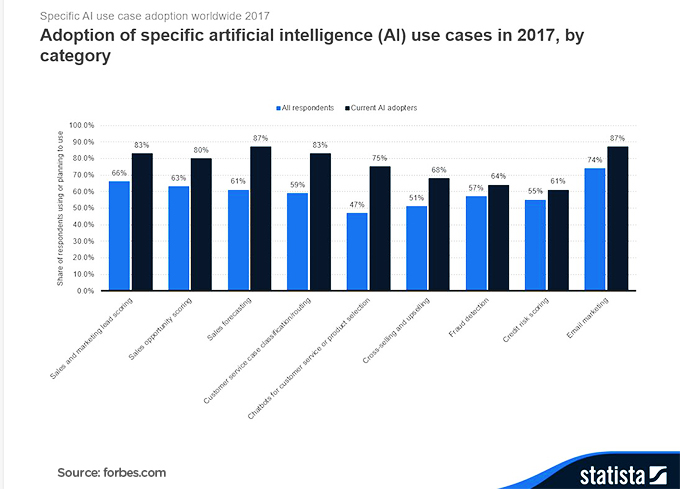
That’s why, in this article, we will cover how machine learning and AI will impact web design so that you can be prepared to take advantage of these powerful technologies. As a result, you will be more confident in your ability to provide quality web experiences to your users.
Let’s get started!
It Improves UX and UI
The UX (User Experience) and UI (User Interface) are two heavily related terms crucial for designers. UX is the overall experience that someone has while using your web product. The UI is how you deliver that experience, through input devices, etc.
Let’s look at how machine learning and AI are impacting these two important factors of web design.
Faster Load Times
In today’s internet-powered world, the time it takes to lay the webpage or application that a user is on is one of the most critical areas of improvement.
If you have slow load times, users could bounce without purchasing your product or staying on the page long enough to view advertisements that drive revenue.
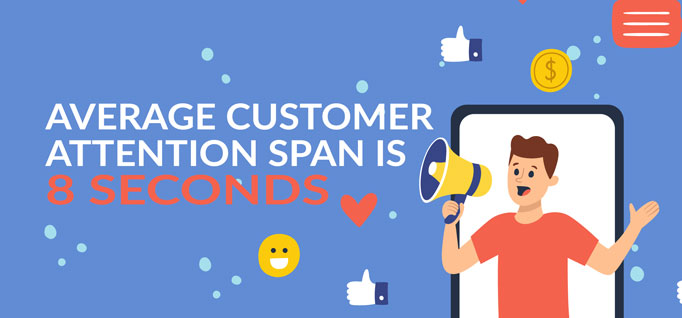
Furthermore, lagging load times can contribute to lower Quality Scores from search engines like Google, which means your page won’t be found as easily with organic search. Machine learning can calculate the most efficient way to load the page, solving this problem.
One of the most interesting examples here is the so-called Page Forecasting Model. The algorithm “learns” from historical Google Analytics data patterns, predicting what page your visitor might want to visit next. It then preloads the page so it’s fetched, rendered, and loaded instantly once the user clicks on it.
Dynamic Display
If you really want to boost your UX, you should display the most relevant content for each user. Doing this manually is not feasible.
However, with AI at your disposal, you can allow the technology to learn from data that automatically shows the right content to the right segments of the market.
Data management platforms like Lotame and Neustar use cookies to track user behavior online across various engagement channels. They can then segment users into detailed and precise groups so the content reaches the right people precisely when it needs to.
AI Is a Web Design Diagnostic Tool
Web design does not exist in a vacuum. Diagnostic tools such as AI that let you accomplish multiple objectives:
Resource Strain
Your website or app can crash or take too long to load, causing usability issues. By loading various web design resources (HTML, CSS, and JavaScript, to name a few) more efficiently, AI does all the diagnostic work for you.
One such diagnostic tool is Adobe Sensei, an AI-based framework that enables you to uncover potential design issues and detect problematic processes.
Compatibility
There is an almost unlimited number of web devices that people today are using to access your website. And yet, your display needs to be compatible with virtually all of them. AI can automatically detect the device to load a responsive display, solving this issue before it arises.
It Predicts User Needs
Smart web designers predict what their users want and need. AI helps you achieve that in several ways.
Market Keyword Research
Designers are not marketers. Yet, they need to understand how their design impacts user searches and how to make it relevant. By automating the keyword research function, you ensure that you place certain terms within the web framework as well as in the visible design.
Online Trends
Staying abreast of web trends is often tiring and challenging, not to mention time-consuming. Machine learning can understand language by analyzing vast amounts of data in a short time so that your design is properly informed by trends.
More Efficient Cloud Storage
Cloud storage is the way of the future. If you aren’t using it as a designer or developer, you are missing the ability to strategically call upon resources via JavaScript.
The main benefit of this is that you avoid bloating your site with software that can easily be loaded via a third party. It makes it easier to code, makes customers happier, and serves business objectives more efficiently.
Security Protocols
Web designers need to understand how vulnerable a webpage can be — viruses, cross-site scripting (via JavaScript), and other threats can pop up. But AI and machine learning help you improve security in two ways:
Virus Detection and Prediction
Machine learning uses the data fed to it to increase effectiveness. It can amass a virtual database of threat “fingerprints” to automatically prevent certain code from loading.
Penetration Testing
Penetration testing is making multiple attempts to compromise a technology system. AI can act as an “intruder” to attempt to inject malicious code into your site in a testing environment to alert you to security holes you need to fill in your code.
AI Improves Personalization
One of the most important aspects of web design is personalizing the experience. Of course, this is easier said than done. After all, with so many unique users, it is impossible to manually customize each part of your page for the user.
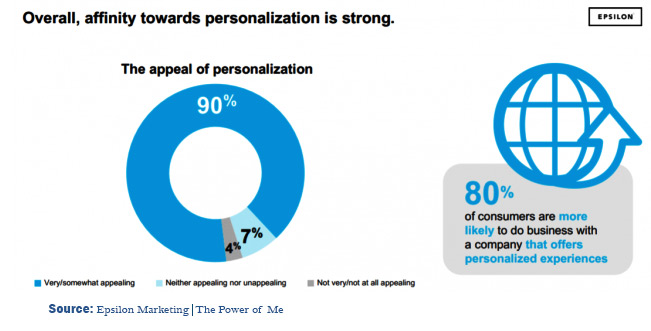
That is where AI comes in. You can see it most commonly on eCommerce sites offering additional relevant items based on a previous purchasing history or specific buyer journey. It also comes into play when you get recommendations on what to watch next on Netflix.
The automation features brought about have already revolutionized many other industries. It has allowed finance, entertainment, news, and transportation companies to lean on AI to deliver a personalized experience based on behavior and customer data.
Of course, AI is one of the numerous emerging technologies changing the software game today. As Industry 4.0 is geared toward an extreme level of connectedness across devices, platforms, and systems spanning multiple customer touchpoints, the technologies behind are sure to affect web design as well.
Conclusion
When it comes to web design and development, the industry never stops evolving. It's one of the reasons it is so lucrative to be a designer or developer. However, it is also the reason that it can be incredibly difficult.
The interfaces, technologies, development cycles, and market expectations continue to evolve. That means you and your entire team need to be nimble in order to compete for the attention of the same user base your competitors are also aiming for.
Machine learning and AI are two notable technologies that are making web design and development more efficient, useful, and profitable. By studying the trends above, you can position your team to use them fully to enhance your web presence now and into the future.


